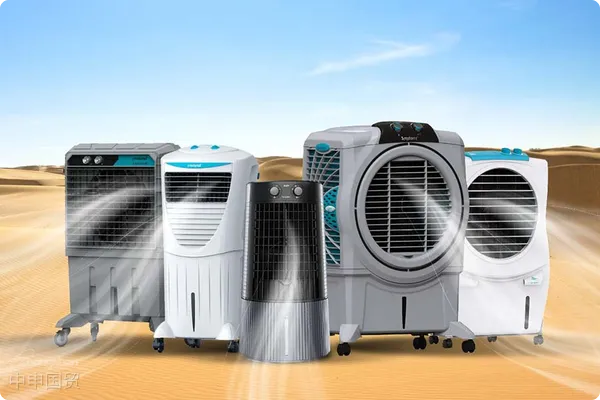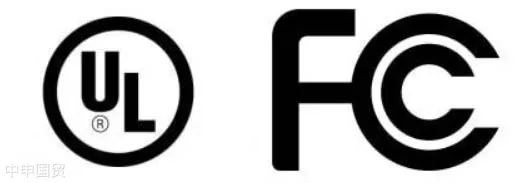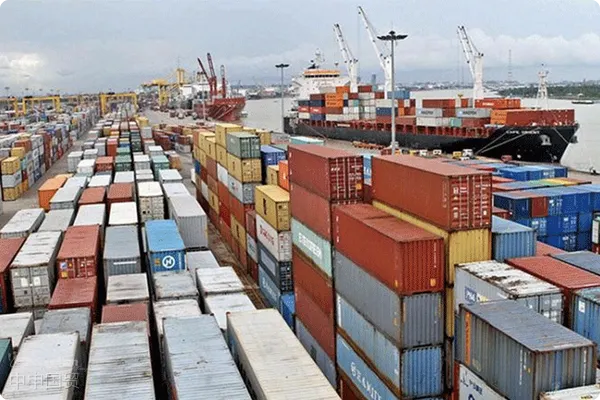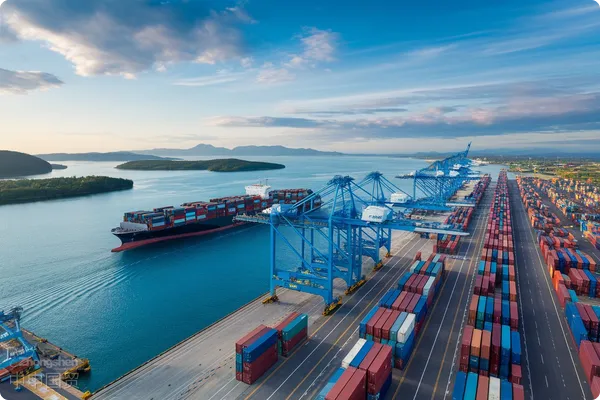- Shanghai Zhongshen International Trade Co., Ltd. - Two decades of trade agency expertise.
- Service Hotline: 139 1787 2118
Exporting air coolers to the U.S. presents both opportunities and challenges. The U.S. market has stringent requirements for product safety, compliance, and environmental standards. From certification to logistics, every detail is crucial. This article provides an in-depth analysis of key considerations when exporting air coolers to the U.S., helping businesses ensure smooth market entry and avoid unnecessary delays and costs.

Below are detailed explanations of key requirements and considerations when exporting air coolers to the U.S.:
I. Compliance Requirements
(1) UL Certification:The air cooler must obtain UL (Underwriters Laboratories) certification, which is the primary safety standard for electrical products in the U.S. market. UL certification ensures the product complies with U.S. electrical safety standards, reducing risks such as electrical fires.
(2) FCC Certification:If the air cooler involves wireless control or communication functions, it must comply with FCC (Federal Communications Commission) requirements. This certification ensures the product does not interfere with radio communications during use.

II. Product Labeling and Packaging
(1) Product Labeling:Product labels must include detailed information such as product name, model, specifications, manufacturer details, production date, safety warnings, etc. Labels must comply with U.S. Consumer Product Safety Commission (CPSC) regulations to ensure consumers can use the product correctly and safely.
(2) Packaging Requirements:Packaging must be sturdy to protect the product from damage during long-distance transportation. Additionally, packaging materials and design must comply with U.S. environmental regulations and ensure safety during transit.
III. Weight Restrictions
Inland Transportation Weight Limits:In the U.S., inland transportation has weight restrictions for cargo. Small containers (20) typically cannot exceed 17.3 tons, while high cube containers (40) must not exceed 19.5 tons. If overweight, special transportation arrangements are required to avoid violating regulations or incurring additional costs.
IV. Service and Agent Qualifications
(1) Logistics Services:Select a reliable logistics provider to ensure goods can clear customs and be processed quickly upon arrival at U.S. ports, avoiding storage in G.O. (General Order) warehouses and high storage fees.
(2) FMC Registration and NVOCC Code:Ensure the chosen freight forwarder has FMC (Federal Maritime Commission) registration and an NVOCC (Non-Vessel Operating Common Carrier) code. This is not only a legal requirement but also ensures professional service and legal protection during transportation.
V. Final Destination Confirmation
Delivery Address: Confirm the final delivery address with the customer before export, especially if the customer has multiple warehouses in the U.S. Accurate logistics arrangements prevent misdelivery or delays.
VI. Technical Documentation and Instructions
(1) User Manual:Provide a detailed user manual to ensure customers can correctly install and operate the air cooler. This is particularly important for complex industrial equipment.
(2) Maintenance Guide:Provide comprehensive maintenance and care guidelines to help users extend the equipments lifespan and reduce after-sales issues.
VII. Tariffs and Trade Terms
(1) Tariff Rates:Understand applicable U.S. tariff rates, calculate export costs in advance, and be aware of potential trade agreements or preferential terms, such as specific tariff policies between China and the U.S.
(2) Trade Clause Changes:Monitor changes in U.S.-China trade relations and adjust export strategies accordingly to respond to potential tariff policy adjustments.
VIII. Environmental and Energy Efficiency Standards
(1) Energy Star Certification:If the air cooler has energy-saving features, strive for Energy Star certification. This not only enhances market competitiveness but also aligns with increasingly stringent U.S. energy efficiency standards.
(2) Environmental Requirements:Ensure the product can be safely disposed of at the end of its lifecycle, complying with U.S. environmental regulations.
Emergency Handling and Safety Standards
(1) Emergency Handling Guidelines:For equipment that may involve hazardous operations, such as the use of chemicals or exposure to high temperature and pressure, detailed emergency handling guidelines must be provided to ensure users can properly respond to unexpected situations.
(2) OSHA Standards:Ensure the product complies with the safety standards of the Occupational Safety and Health Administration (OSHA) in the United States to prevent safety issues during use.
Continuous Monitoring of Regulatory Updates:
Regulatory Updates Verification:Since U.S. regulations and standards may be updated periodically, verify the latest requirements before export to ensure the product and export process comply with current laws and regulations, avoiding delays or fines.
Summary
In the process of exporting air coolers to the United States, every step—from compliance certification to transportation, packaging, and tariffs—must strictly adhere to relevant U.S. legal requirements. Ensuring all aspects are well-prepared facilitates smooth entry into the U.S. market. If you encounter any issues or need further support during the export process,ZhongShen International Tradeour professional team is always ready to provide you with the highest quality service.
Related Recommendations
Core Business
Contact Us
Email: service@sh-zhongshen.com
Related Recommendations
Contact via WeChat

© 2025. All Rights Reserved.沪ICP备2023007705号-2 PSB Record: Shanghai No.31011502009912
PSB Record: Shanghai No.31011502009912








